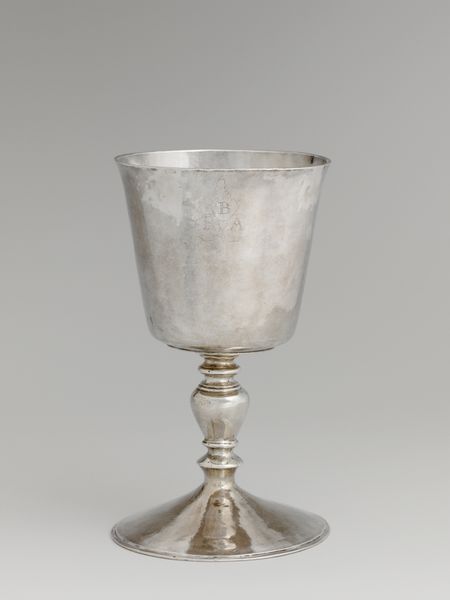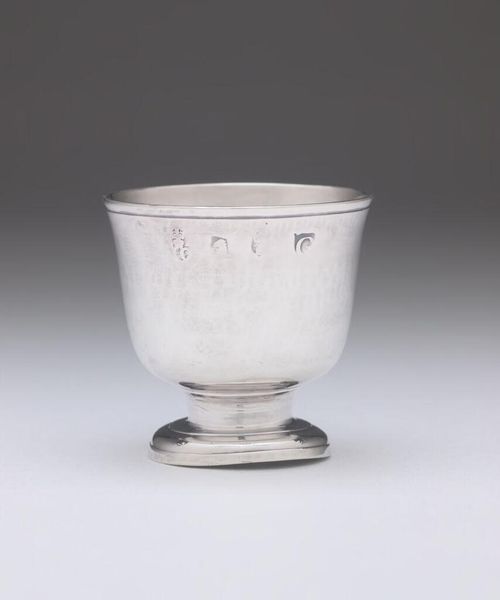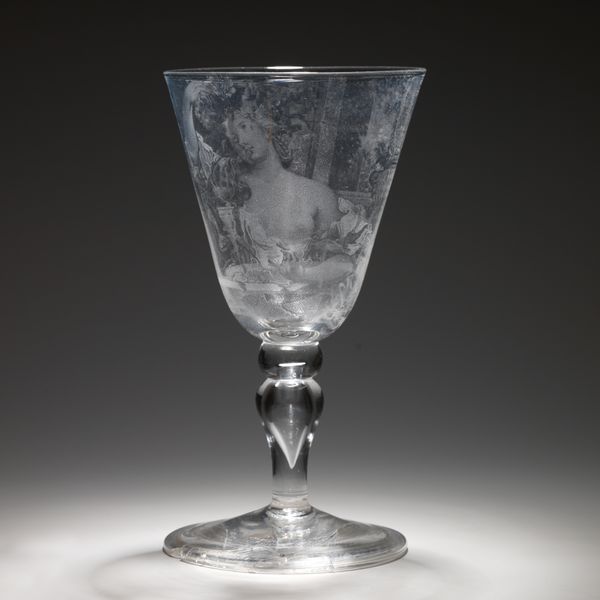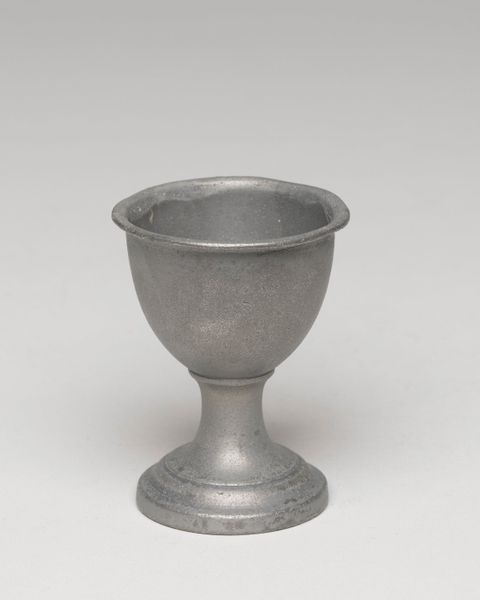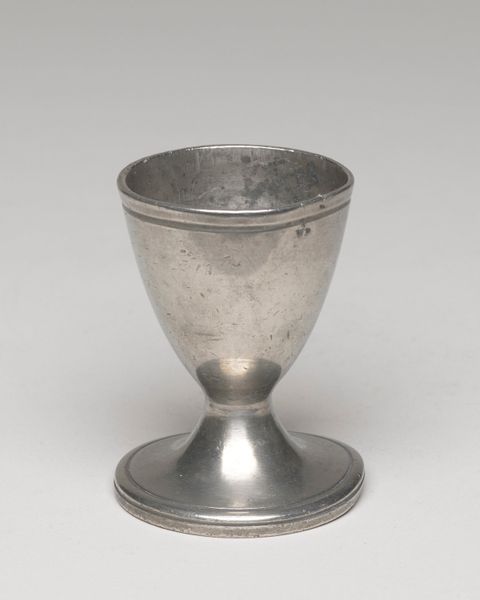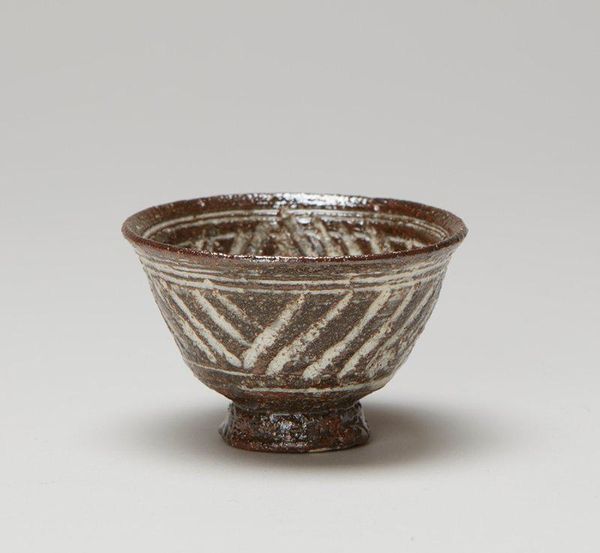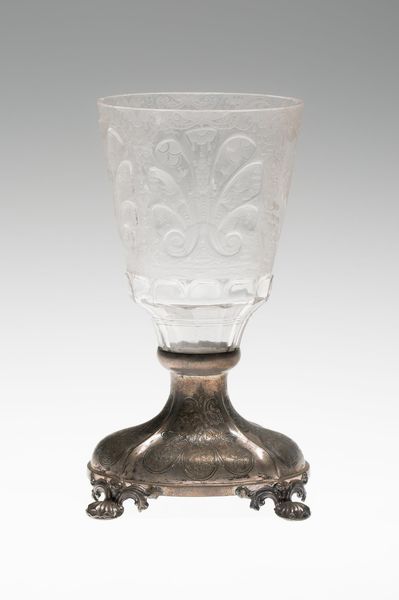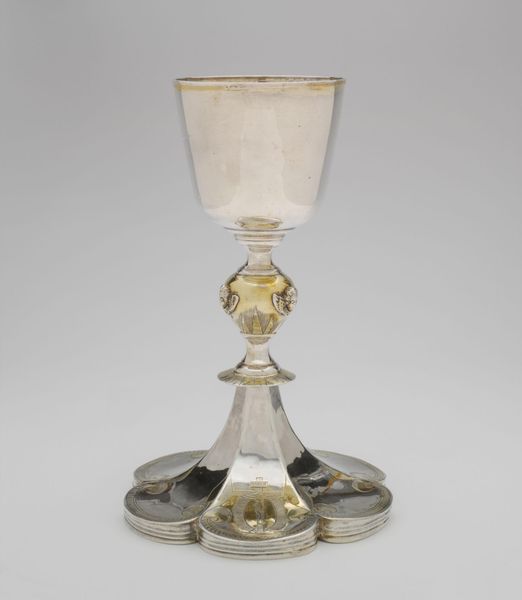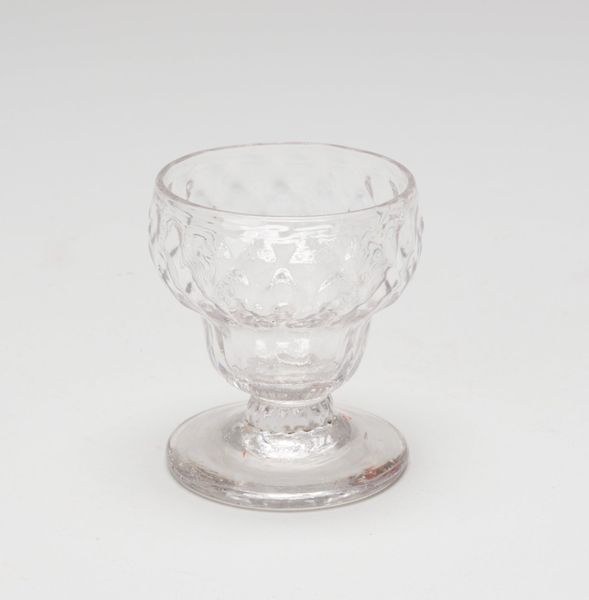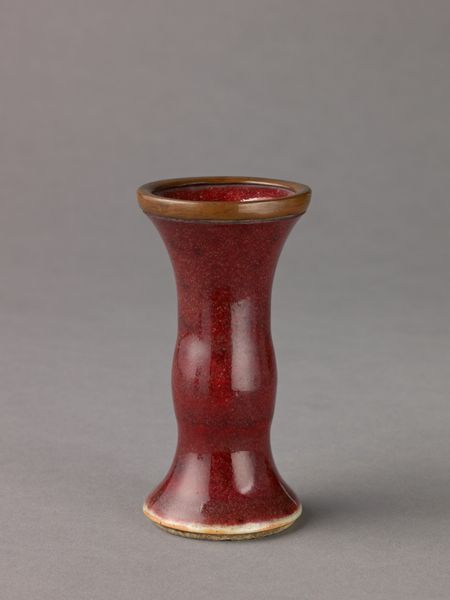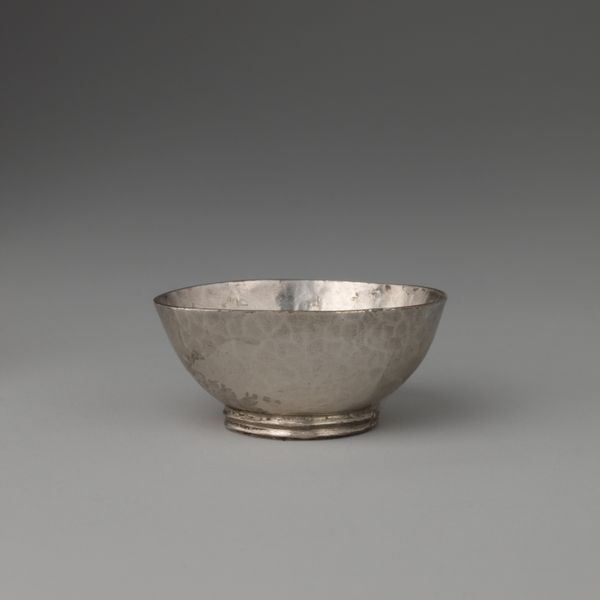
ceramic, earthenware, sculpture
#
ceramic
#
form
#
earthenware
#
sculpture
#
ceramic
Dimensions: 4 3/8 x 3 1/16 x 3 1/16 in. (11.11 x 7.78 x 7.78 cm)
Copyright: Public Domain
Editor: This goblet, dating back to around 1740, is crafted from earthenware and part of the Minneapolis Institute of Art collection. I am struck by its understated beauty and the slightly irregular form. What's your take on this piece? Curator: The material speaks volumes. Earthenware, so common, yet here elevated into a "goblet". Who was consuming from it, and what does that tell us about 18th-century material culture? Was this mass-produced, or individually crafted, and how might that affect its value and meaning? Editor: That’s fascinating. I hadn’t considered the implications of the material itself. It seems less about the object's intrinsic beauty and more about its role within a larger system. Curator: Precisely. Consider the labor involved in extracting the clay, shaping it, firing it. Each stage reflects a particular set of social and economic conditions. Does the maker's hand become evident, and what can be read there, do you think? Editor: I see your point. I mean, I can notice small surface imperfections. Thinking about how different processes are valued, the skill involved in working with ceramic compared to, say, precious metals…it really blurs the line between craft and art. Curator: It challenges the established hierarchy, doesn't it? The democratization of art through everyday materials forces us to re-evaluate what we deem worthy of aesthetic consideration. Editor: Absolutely. It really changes my perspective from simply admiring a pretty object to understanding its story within society. Curator: It’s about connecting the tangible object to the intangible forces that shaped it, and that it shaped in turn. Editor: It highlights how much objects can reveal about the social and economic realities of their time.
Comments
No comments
Be the first to comment and join the conversation on the ultimate creative platform.
